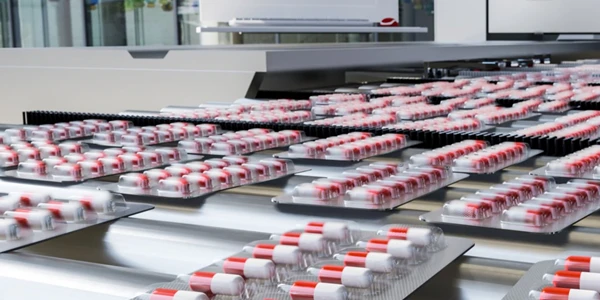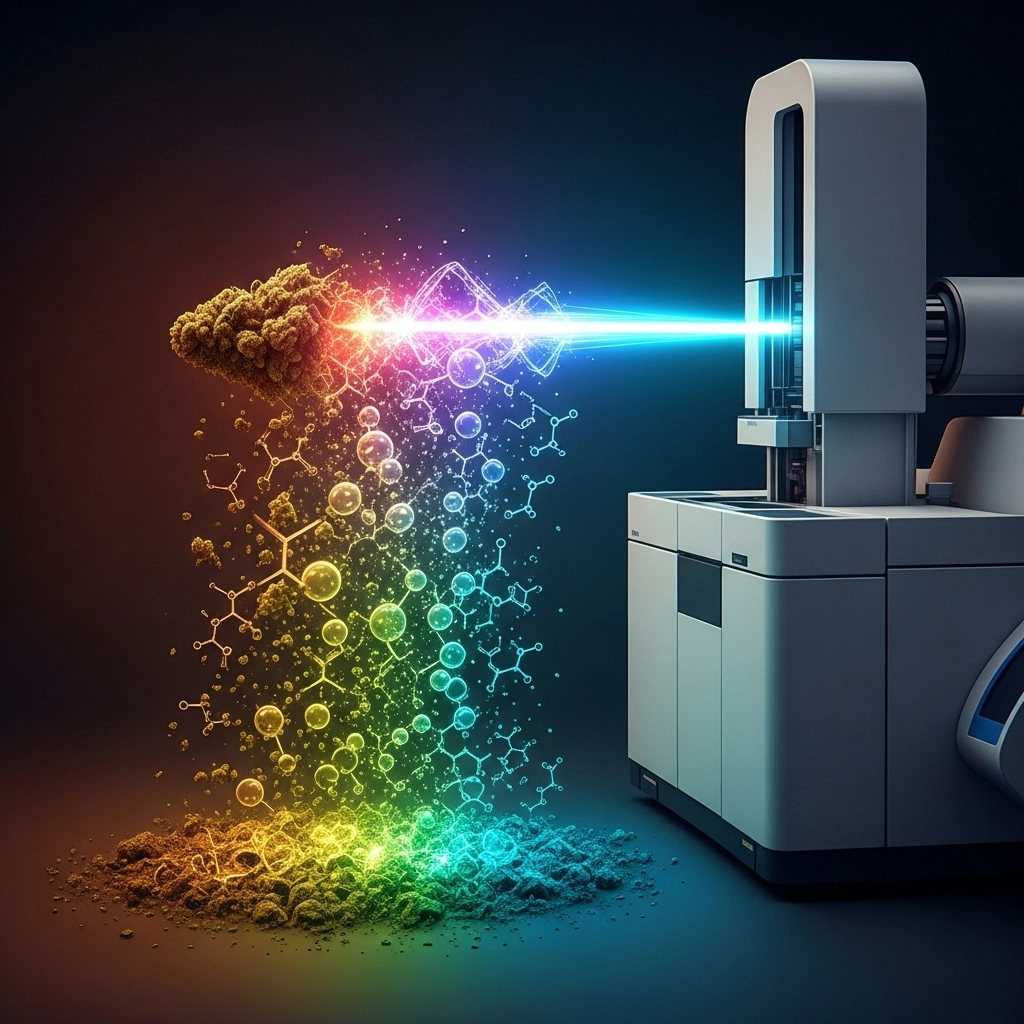Analytical Testing of Cannabis Consumables
ImageFX (2025)
Background of Cannabinoids
Cannabis sativa is one of the world’s oldest cultivated plants with earliest recorded use dating back to the 6th century B.C. The medicinal properties of cannabis were realized by practitioners in the 19th century and use spread through Europe, Asia, and Africa. Although medical marijuana was valued throughout the world and for many indications, concerns over negative effects eventually resulted in prohibition of the drug in the U.S., first in several states and then federally in 1942.
Over 100 unique cannabinoids and many other terpenes, flavonoids, and nitrogenous compounds have been identified in cannabis to date. Among cannabinoids, Δ9-THC has received the most attention as the chief psychoactive component, however others such as cannabidiol (CBD) have shown medical value and have inspired a host of applications and products. A panel of cannabinoids have been targeted for testing as well due to their proposed therapeutic value and various levels of clinical investigation.
Medical Importance of Cannabinoids
Cannabis plants can be grouped according to chemotype and the relative production of Δ9-THCA and CBDA, the precursors of the bioactive components. CBD lacks the cannabis-like intoxicating properties of Δ9-THC and has traditionally been considered non-psychoactive. The involvement of CBD with endocannabinoid, serotonin, and adenosine receptor systems, supports its role as an antioxidant, anti-inflammatory, and may explain the observed neuroprotectant properties. Furthermore, CBD shows evidence for treatment and symptom relief of disorders such as: epilepsy, seizures, psychosis, anxiety, movement disorders (such as Huntington’s disease and ALS), and multiple sclerosis. For these reasons, it is important to test for the presence of both components as well as their concentrations in cannabis related consumables.
As smoking cannabis, the traditional route of administration, is accompanied by health concerns, there have been extensive efforts in the production of infusions and edibles that avoid these concerns while producing the proper effects. To date hundreds of products have been produced in this regard. Essential oils and concentrates are often used as topical solutions and vaporizer applications, whereas, edibles such as cookies, brownies, and gummy bears are also popular and effective.
Importance of Cannabis and Cannabinoid testing
It is clear that testing for the presence and the concentrations of cannabis related compounds and contaminants is critically important not only in raw material processing, but in product manufacturing as well. These are necessary processes to ensure that medicinal cannabis products are safe and the dosages are accurate.
Cannabinoid Extraction
Many different material processing systems have been developed and/or adapted for cannabis product analysis. For instance, freezer mills grind cannabis edibles including hard candies and cookies into fine powders for testing. These mills typically involve cooling the samples to cryogenic temperatures followed by pulverizing with steel impactors or other disruption methods.
Compound extraction renders the desired compounds soluble and available for further analysis. Traditionally, solvent extraction has been the basic method of choice, however, subsequent cleanup steps to remove hazardous residual solvents are required, making the approach less than ideal.
More recently, methods employing supercritical fluids or CO2 have been used with very good success, and although cleaner, the methods generally require expensive components and equipment. There are a host of novel or modified methods involving solid phase extraction (SPE) and other techniques that have gained traction for various applications as well -- certainly topics for subsequent articles.
Liquid-liquid extraction methods such as QuEChERS (Quick, Easy, Cheap, Effective, Rugged, and Safe) are relatively new techniques for the isolation of compounds, including pesticides and cannabinoids, from cannabis materials and products. Techniques such as these, traditionally used in food safety and pesticide analysis, have now found a home in the cannabis field as well. Discussed in greater detail in a related article, the QuEChERS process involves treatment with a water miscible acidified solvent and extraction salts, followed by incubation and cleanup.
Cannabioid Detection and Quantification
Many companies offer standards for quantitative analysis, whether they be specific pesticides, cannabinoids, or other cannabis components such as terpenes. Native cannabinoid compound standards are subjected to DEA regulation and require a license for use, as we discuss in greater detail in a related article.
The analytical instrumentation used for detection depends heavily on the chemical properties of the analyte. In LC applications of non-volatile compounds, tandem MS instruments are often used for high-resolution analysis of cannabinoids in complex sample backgrounds. Whereas, GC-MS is the method of choice for non-polar compounds volatile compounds. Cannabis related compound detection and analysis is a very active area of development, with many new and modified platforms entering the field.
Cannabinoid testing outlook
There are many technical details to consider such as limitations and logistics of extraction methods and internal standards – topics which are beyond the scope of this article. It is certain however that accurate testing for the presence and concentration of cannabis compounds and residual pesticides is critically important in ensuring the safety and effectiveness of cannabis consumables.
View more cannabis laboratory articles and infographics
Shop for cannabis laboratory products
Article updated July 2025











